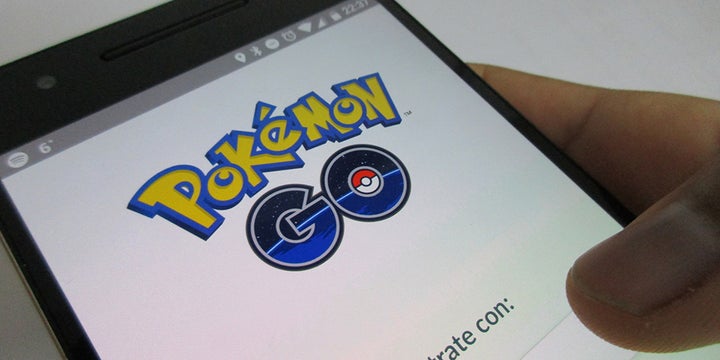
Loved by millions (and loathed by many) in a matter of days Pokémon Go redefined how people interact online while introducing to consumers—on a massive scale—the power and potential value of Augmented and Virtual Reality.
Over the past few years the media has gushed, ad nauseam, about how AR and VR technologies are the wave of the future. The pinnacle—or nadir—being Time’s August 17, 2015 cover story on Oculus Rift, whose unfortunate lead image of inventor Palmer Luckey frolicking about in his headgear launched a million memes.
Nintendo and Niantic Labs’ coup is no mean feat; according to Forbes, as of March this year, investors had poured more than $1.1 billion into the AR/VR space. (To be fair, though, almost all that money—a cool $800 million—went to alleged unicorn-in-waiting, Magic Leap, creators of the “Mixed Reality Lightfield,” or, as they say in English: You know the cool holo-deck on Star Trek? Yeah, they’re building it.)
Still, neither Nintendo or Niantic can complain, the game is reportedly earning almost a million dollars a day.
But that’s what makes Pokémon Go such a phenomena; despite all the press, the acquisitions (Facebook bought Oculus Rift), and product rollouts (Samsung Gear, the New York Times’ Google goggles giveaway, etc.), Augmented Reality and Virtual Reality, as Fortune put it last week, wasn’t “a thing yet.”
But it sure is now.
Nintendo did something seismic with Pokémon Go: They took a beloved brand and reinvigorated it with an addictive quality once enjoyed by the likes of Candy Crush and Angry Birds. Writing for VOX, German Lopez summarized it best: “Part of the reason Pokémon Go is popular is that it’s free, so it’s easy to download and play. But more importantly, Pokémon Go fulfills a fantasy Pokémon fans have had since the games first came out: What if Pokémon were real and inhabited our world?”
And what if they put it in consumers’ pockets without the goofy goggles and their $600 to $800 price tags?
The backlash, of course, has begun, with issues of privacy, alleged criminality, and the end of capitalism as we know it being foisted upon Pikachu’s narrow shoulders.
But there’s also a silver lining, with anecdotal reporting on the health benefits of “catching them all.” Everything from energized self-confessed couch potatoes:
To the latest therapy for those suffering from depression:
Pokémon Go is this summer’s much needed panacea, injecting a dose of whimsy into the public sphere following a string of violent encounters last week in Baton Rouge, Falcon Heights and Dallas that left the country angered, broken and exhausted.
Its popularity is such that more people have downloaded and used the app than Tinder, Facebook and Twitter.
Yes, in a world gone mad, people would rather chase after fantastical creatures than fantasy friends with benefits.
Like wearables and tablets before them, Augmented and Virtual reality technologies now have the money and the attention, but as of late, not the market share. A cursory Google search uncovers what could only be described as tepid sales of the headsets.
Part of the problem is that beyond gamers, the technology is still too cumbersome for general purpose use; and while the 360-degree video image experience can be quite breathtaking, like a lot of digital media technologies, the ad model is antiquated or non-existent. The people making the hardware are making the money, those creating and publishing the content? Not so much.
Yet, even here, Pokémon Go has the leg up. Writing for Inc., Walter Chen explained how the app’s engine has put businesses on a local level into the player experience. He even described how mom and pop stores can use the game to drive people into their businesses.
Kelsey Ryan, the data reporter with The Wichita Eagle went one step further. When she noticed the newspaper was a Poké Stop, she leveraged Facebook live and the app to engage the community, with more than 60 people dropping by to visit.
That’s one way to catch ’em all.
Facebook, Google and Microsoft have all invested heavily in AR/VR, and they will impose their will on the marketplace to make sure their investments get a fighting chance; it’s Beta versus VHS all over again.
Meanwhile, a 20-year-old kids brand, harnessing just the power of GPS and the camera on your mobile phone, has pushed both Augmented and Virtual Reality into the limelight, and into the marketplace.
Talk about disruptive.
